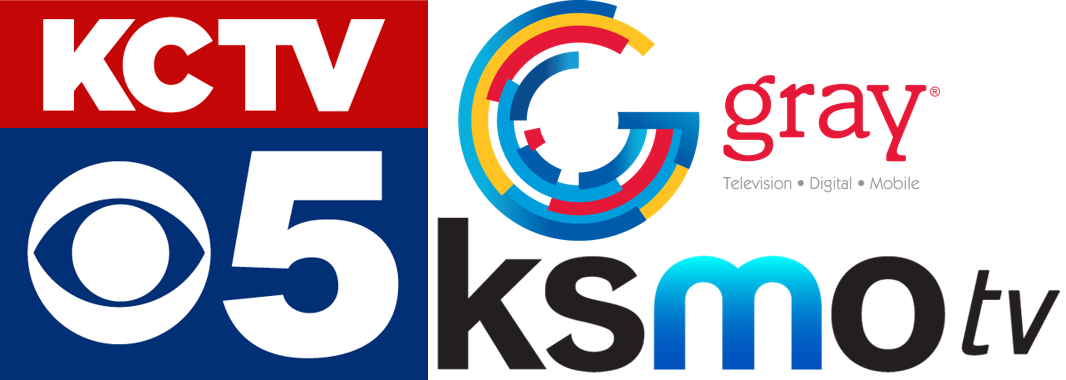.jpg?width=642&name=shutterstock_1125901670%20(1).jpg)
Business owners need to know where to invest their marketing dollars to make them count. This includes different types of video marketing content. However, you might be unsure whether you should use connected TV (CTV) or over-the-top (OTT) advertising. The following is a breakdown of the differences between these concepts to clarify some potential confusion around the two. We'll also explore the benefits of OTT advertising and CTV, along with linear TV.
What is Over the Top Advertising (OTT)?
Over-the-top (OTT) entails delivering streaming content through the internet. OTT streaming services can include video streaming platforms like Hulu and Netflix, among many others. OTT advertising, specifically, is a form of video advertising that reaches viewers of streaming services. These are similar to traditional TV commercials, but they play in ad breaks before, during, or at the end of streaming content.
People can view streaming services on many platforms, including TVs, computers, tablets, and smartphones, which may feature ads. OTT ads aren't limited to visual media, either. Music apps like Pandora and Spotify may include OTT ads, and podcasts also frequently have these ads.
What is Connected TV (CTV)?
Connected TVs, or CTVs, are devices that connect to or are built into TVs to enable viewers to stream content on these TVs. Many CTVs facilitate streaming, including gaming consoles, Roku devices, Apple TV, Amazon Fire, etc. With the availability and popularity of CTV, a growing number of people have begun switching from traditional or linear TV to streaming services. However, many people still watch linear TV or a combination of these platforms.
What is Linear TV?
Linear TV is traditional TV that people watch through cable networks. Viewers watch scheduled TV programs on specific channels when they initially broadcast. Viewers can also choose to record programs via DVR and view them later. While streaming services, CTV, and OTT have become increasingly popular among consumers, linear TV is still the most widely used platform.
What is the Difference Between OTT and CTV?
People often use the terms OTT and CTV interchangeably, which is understandable, but there are some key differences to keep in mind. CTV refers to the devices used to watch streaming services, including smart TVs or other external devices that allow for streaming. Meanwhile, OTT is the actual streaming content that viewers enjoy. People view most OTT content on CTVs, but they may also consume it on various other devices.
CTV and OTT ads typically show in 30-second to minute-long ad breaks, during which a couple of other ads might play. Both OTT and CTV are potentially invaluable tools for marketers to connect with target audiences.
CTV and OTT Advertising Benefits
Advertising on OTT platforms and CTVs comes with several advantages over linear TV. These benefits include the following.
Improved Targeting
OTT and CTV ads give advertisers the ability to target their audiences more precisely than traditional TV. Many people may watch a TV channel across various demographics, but streaming services and specific types of content can help narrow down your targeting. For example, family-oriented businesses can target family sitcoms that people stream. You can also target users across multiple platforms and screens based on user registration data.
Don't Rely on Schedules
Another benefit of OTT advertising is bypassing traditional TV schedules. Typically, you need to choose the best time to broadcast your ad to reach the highest number of viewers on linear TV. If people aren't watching at that time, they won't see your ad, potentially wasting ad spend. On the other hand, OTT ads only play when people actively watch their favorite shows or movies. This means you're more likely to get in front of the right people at the right time.
Grab and Hold Viewers' Attention
OTT ad breaks are also typically shorter than linear TV ad breaks, which prevents people from engaging in other activities or distractions. Subsequently, you're more likely to get viewers' attention when your ads play, which helps increase recall and recognition.
Linear TV Advertising Benefits
Although OTT and CTV advertising offers plenty of advantages, don't neglect linear TV. Traditional TV advertising still gives you access to the largest market, and you can reach many audiences who aren't as active online. You can also select more niche networks to help target specific audience segments. Ultimately, the ROI for linear TV advertising can still be significant, depending on how you approach your strategy.
Implement All Platforms to Get the Best Results
When determining whether to use OTT and CTV or linear TV, consider the benefits of both. Advertising on linear TV and streaming services can help you maximize your reach and brand recognition, along with credibility. This is why it's crucial to take a holistic approach to your campaigns to meet your goals.
Create Your Next OTT Ad Campaign with a Media Partner
At KCTV5 Marketing, we offer both TV and OTT advertising services to help you connect with the right people at the right time on all platforms. In turn, you'll be able to boost ROI and make the most of your ad spend.






